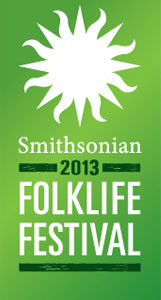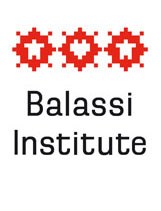by István Pávai
Based on more than one hundred years of ethnomusicological study, we can summarise the history of Hungarian folk music in the following broad strokes:
Shared Heritage
Hungarian songs associated with children’s games and social customs (e.g. door-to-door minstrelsy) contain non-strophic forms created from the repetition of a number of basic motifs. Such forms appear around the world and represent an initial stage in the development of music. In time, of course, these would develop within themselves to become periods, pseudo-strophes, and true strophes with an identifiable local character.
In addition, Hungarian laments (songs of mourning) preserve a number of elements of the melodies of ancient Europe, certain forms of which are typified by a diatonically descending melodic line and alternation between two neighbouring end-of-line notes, as in the Ob-Ugric epics, “bear songs,” and laments. The Hungarian mourning song, too, eventually gave rise to melodies in stanzaic form, and even instrumental dance tunes. Thus, this melodic structure has become interwoven with a number of Hungarian folk music genres.
Eastern Tradition
Found in the eastern and northern Magyar-speaking territories are a class of tetratonic and pentatonic tunes of restricted range that are presumably traceable to ancient Turkic tradition. Some of these take a recitative form that points to a relationship with the psalmodic tradition of Eurasian peoples.
Another category of song consisting in descending pentatonic melodies of octave or slightly greater range – with or without supplementary pien tones – exhibit historic ties to Turkic and Mongolian peoples and thus belong to Hungary’s pre-Conquest heritage. Such songs can be divided into several families and numerous subtypes that encompass the entire territory where Hungarian is spoken. In one prominent and populous subgroup of these, the descent is not irregular; instead, the first half of the tune is repeated a fifth lower, as seen in certain strata of Volga Cheremis and Chuvash folk music, and even some Inner Mongolian songs. Such songs are not sung in such quantity or with such variability in other countries in the region and are present only in territories that have had contact with the Magyars.
The European Influence
The influence of Medieval Europe can be seen primarily in conjunction with genres related to religious life and folk customs, producing a repertoire of songs that partly diverges from and is partly intertwined with earlier musical forms. This Medieval European heritage consists primarily in pentachordal and hexachordal songs with a limited range and, frequently, an arced melodic line. Modern Europe, too, furnished Hungarian folk music with numerous types of songs. Some of these are precursors to what would come to be known as the “new style” of folk song that developed over the course of the 19th century. Such later songs blend a European sense of form with pentatonic phrases obviously derived from the older Magyar melodic style.
Instrumental Music
The bulk of Hungarian instrumental folk music consists of instrumental versions of vocal tunes, reworked to accommodate the technical peculiarities of the instrument(s) used and the rhythmic attributes of the genre. Hungarian folk music preserves the European Renaissance practice of proportionality, by which a single melody is used to accompany a pair of dances, but is modulated in each case to fit the metric/rhythmic structure of the dance.
The instruments in the musical accompaniment perform melodic and rhythmic functions, such that simpler forms of polyphony (heterophony, drone accompaniment) are always subordinated. In one particularly unusual, mixed mode of harmonisation seen in Transylvania, a series of major chords is used to form the primary notes of a minor melody. In many areas, a highly functional mode of harmonisation was spread to the villages in many rural areas through the influence of urban Roma musicians, resulting in the suppression of local character.
Links to Art Music and the Folk Music of Neighbouring Cultures
Hungarian folk music is known to have assimilated a number of song types borrowed from art music and other regional ethnic groups. Of these, the ones that were incorporated at an earlier time have undergone a greater degree of transformation and now approximate Hungarian folk music styles more closely, while more recently adopted types remain more conspicuously foreign. Interestingly, the number of typically Hungarian song types assimilated by neighbouring cultures is even larger. In the Carpathian Basin, while melodic traditions were sometimes exchanged through contact between adjacent groups, often, in communities with mixed ethnic populations, a larger group might assimilated a smaller one, effecting a transfer of cultural elements not tied to language (music, dance, customs, etc.) from one group to the other.






